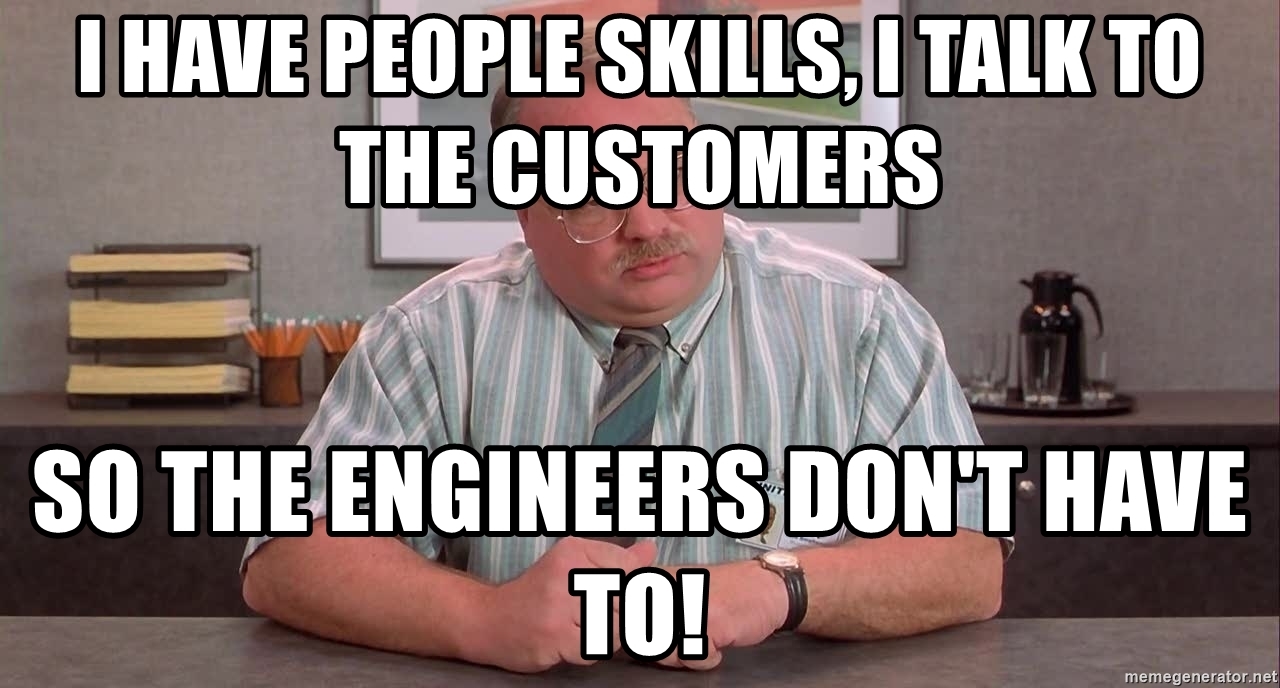
Right Now with Kylie Bayer, Human Resources Manager, City of McMinnville (LinkedIn, Twitter)
What I’m reading: Mink River by Brian Doyle
What I’m watching: Just finished Big Mouth. It’s about growing up. It’s gross but pretty darn accurate and I love it. But really, it’s vulgar and gross so don’t start it unless you can handle gross.
What I’m listening to: Complete silence because in a few short hours I’ll be at eardrum shattering levels of noise while I cheer on the SEAHAWKS with a few of ELGL’s best and brightest.
Time for another HR classic: Job Descriptions!

I know. They’re sort of a snooze fest but you won’t be snoozing when you’ve got an accommodation request on your hands, when your state (go Oregon!) enacts a law to ensure people are paid fairly for comparable work, or when an employee says “l8r dudes” and you’ve got an unexpected recruitment on your hands and nothing to get your job announcement started. Side note: job announcements and descriptions are two different things, please post something more interesting than a description when you’re trying to recruit awesome people for your organization!
A good rule of thumb is to review job descriptions once a year. An easy way to do this is to make the job description review part of your annual evaluation process. Some departments are moving away from annual performance reviews (here’s looking at you, Lake Oswego!) but you should still at least have regular check-ins with your employees. So, pick a yearly date and plan on giving that job description a check-up at least once every 12 months.
Job descriptions should follow the following general format:
- Position Title
- Job status (exempt or nonexempt under the FLSA, and also if the job is part-time, seasonal, full time, or any other type of job your organization may have)
- Objective or general statement about what the job is supposed to accomplish
- Supervision received
- Supervisory responsibilities
- Essential functions (you may also want to include a percentage of time spent on each function)
- These tasks are truly necessary or a requirement in order to perform the job.
- How often are tasks performed? Frequently? It’s an essential function.
- How much time is spent performing this task? A lot? It’s an essential function.
- What happens if the task isn’t performed? Are the consequences severe? If so, it’s an essential function.
- Can the tasks easily be assigned to a different job? If not, it’s an essential function.
- Secondary duties (meetings, serving on committees, etc.)
- Knowledge, skills, and abilities required to do the job
- Minimum education and experience
- Preferred education and experience
- Physical requirements (lifting 50 lbs regularly, etc.)
- Working conditions (office environment or out in the elements?)
Keep these descriptions deliberately vague. They shouldn’t outline every single task an employee takes care of, just the really important ones. They should provide a good idea of a job’s responsibilities and what is needed at a minimum for someone to step into the role and be moderately successful. If you get too detailed you run the risk employees saying the dreaded phrase “that’s not in my job description!”
Once the manager and employee have finalized the new description send it to HR so they can update their database. HR will also be there to help determine if any changes are significant enough to warrant a change in classification and/or compensation.
A job description sounds like a pretty boring document but, trust me, it’s one you’ll be happy to have updated when you need it. Get into the habit of looking at these documents each year, you’ll be glad you did.
